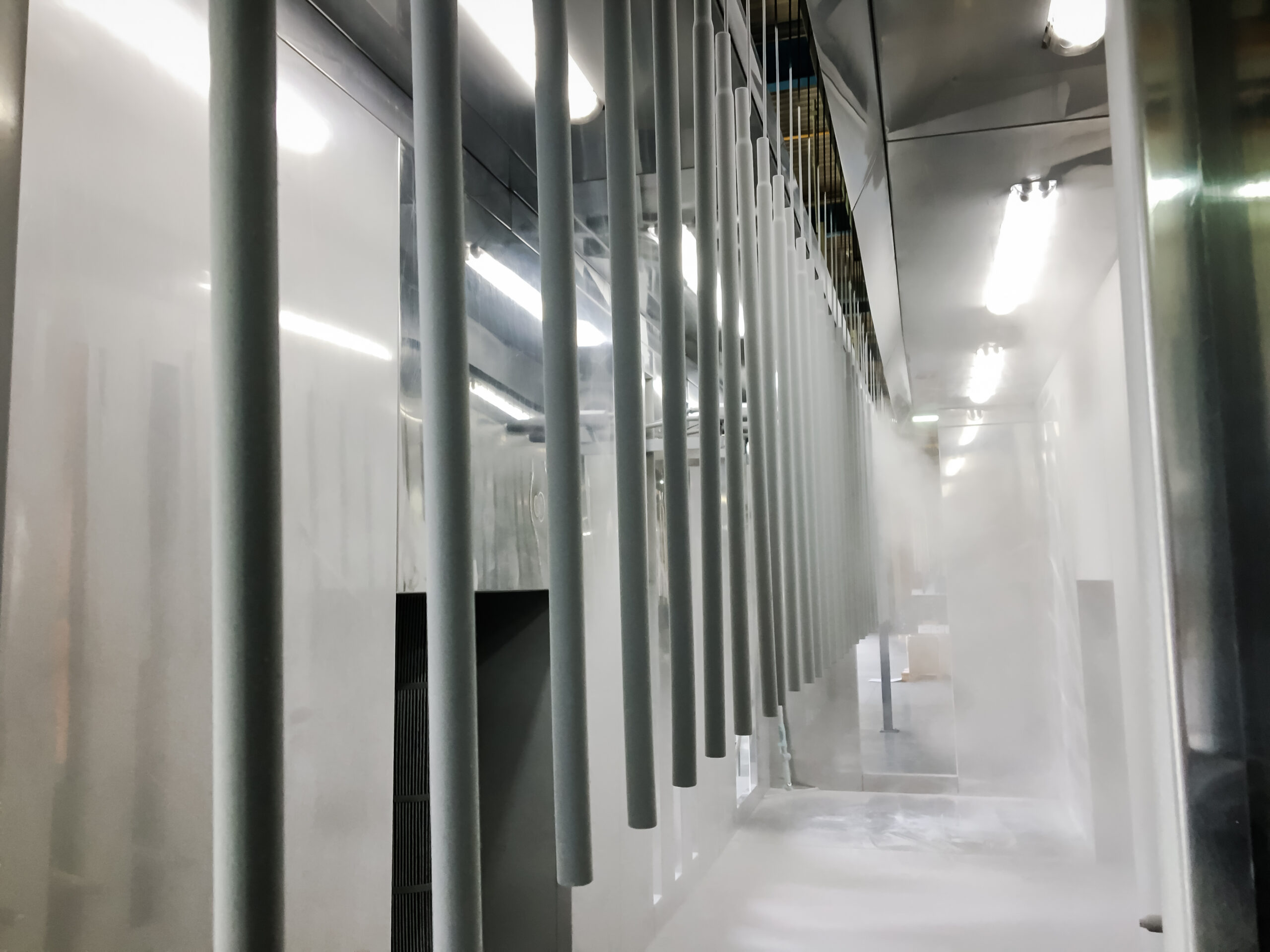
Whether it is protecting surfaces from corrosion, enhancing aesthetics, or improving functionality, the success of a coating largely depends on the adhesion to the substrate.
What is adhesion?
Adhesion refers to the bonding strength between a coating and the substrate. A strong bond ensures that the coating remains attached, resisting peeling, chipping, or delamination over time. Poor adhesion can lead to premature coating failure, causing reduced performance and life of the coated substrate.
How important is surface preparation?
Surface preparation plays a significant role in achieving proper adhesion. Before applying any coating, it is essential to thoroughly prepare the substrate to ensure its cleanliness and compatibility with the coating applied.
Even the best coating will have performance problems if it has poor adhesion to the substrate. As an experiment, we had two of our customers clean standardized cold-rolled steel panels and coat them with polyester baking enamel (same cure time/temp and dry film thickness. Both used a conversion coating and 5 stage wash system.). After running the samples in salt spray, the results showed a two-hundred-hour performance difference between the two locations even using the same coating.
What are some of the primary functions of surface preparation?
Removal of Contaminants: Any contaminants, such as dirt, oil, grease, or rust, can hurt adhesion. Proper cleaning techniques, such as solvent cleaning, power washing, conversion coatings, or abrasive blasting, help remove these contaminants, creating a clean surface for the coating to bond to.
Surface Etching: Coatings adhere better to a roughened surface compared to a smooth one. Mechanical methods like abrasive blasting or etching increase surface roughness, providing more surface area for the coating to grip onto.
Increased corrosion resistance: If a conversion coating is used it can provide a protective barrier on the metal surface. Pretreatments, like zirconium, passivate the steel surface, creating a chemically stable layer that reduces the reactivity of the steel and slows down the corrosion process.
Cost Savings: Proper surface preparation and adhesion improve the longevity of the coating system. By preventing premature coating failure, the costs associated with repair, rework, or replacement can be minimized.
Some common methods for surface preparation.
Solvent Wiping. Solvents are used to remove contaminants such as oil, grease, and dirt from a substrate. Simple Green is an all-purpose cleaner that is environmentally friendly and effective at removing many contaminants.
Power Washing. Water or steam at high pressure is used to remove loose contaminants, rust, scale, and dirt from surfaces.
Abrasive Blasting. An abrasive blasting process removes contaminants, corrosion, and old coatings from the substrate.
Grinding. To improve adhesion, surface contaminants or a thin layer of the substrate are removed from the substrate by mechanical grinding.
Pickling. In pickling, scale, rust, and other surface oxides are removed from metals through acidic solutions.
Etching. The etching process involves removing a thin layer of the substrate with acid or chemical solutions to improve adhesion.
Phosphating. Phosphating is a chemical conversion process that coats substrate surfaces with phosphate to improve adhesion and corrosion resistance.
Chromate Conversion. Chromate conversion coatings, such as hexavalent or trivalent chromium materials, can be applied to a variety of substrates, including galvanized tubing, to enhance their corrosion resistance and adhesion.
The importance of adhesion and surface preparation in coating applications cannot be overstated. Achieving optimal adhesion is crucial for the longevity, performance, and durability of all coatings. By prioritizing adhesion and surface preparation, our coating systems can deliver superior protection, aesthetics, functionality, and cost savings in all your applications.